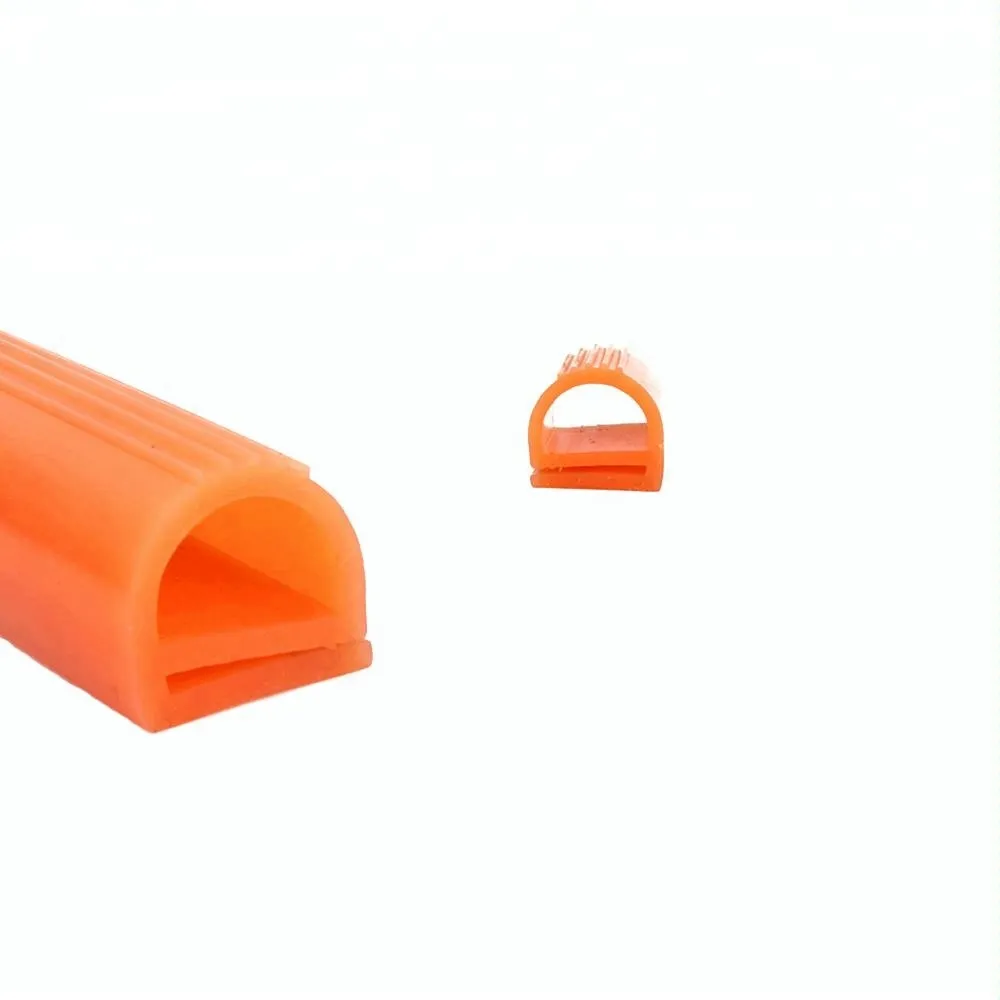rubber weather stripping automotive
The Importance of Rubber Weather Stripping in Automotive Applications
In the automotive industry, achieving optimal performance and comfort is a top priority. One often overlooked yet crucial component that contributes to these goals is rubber weather stripping. Whether in passenger cars, trucks, or SUVs, this essential sealing element plays a vital role in ensuring that vehicles operate effectively and maintain their value over time.
What is Rubber Weather Stripping?
Rubber weather stripping is a type of seal that is applied around various openings in a vehicle, most commonly around doors, windows, and the trunk. It typically consists of EPDM (Ethylene Propylene Diene Monomer) rubber, which is well-known for its excellent resistance to weather, heat, and UV radiation. This durability is important as vehicles are often exposed to harsh conditions, including extreme temperatures, rain, and snow.
Key Functions of Rubber Weather Stripping
1. Sealing Against the Elements The primary function of rubber weather stripping is to create a tight seal that prevents water, dust, and noise from entering the vehicle's cabin. By effectively blocking external elements, weather stripping enhances passenger comfort and protects the interior components from moisture and contaminants that can lead to corrosion and decay.
2. Noise Reduction Another important role of weather stripping is noise reduction. In the absence of proper sealing, wind noise and vibrations from the road can significantly impact the driving experience. Weather stripping minimizes these disturbances, providing a quieter and more pleasant ride.
3. Improved Energy Efficiency With rising fuel costs and increasing environmental concerns, energy efficiency has become more critical than ever. Rubber weather stripping contributes to this goal by enhancing the vehicle's aerodynamics and preventing air leaks. A well-sealed vehicle requires less energy to maintain its internal climate, thus improving fuel efficiency.
rubber weather stripping automotive

4. Enhancing Resale Value For many car owners, maintaining the vehicle’s value is a significant concern. Deteriorating weather stripping can lead to issues such as water leaks and interior damage, which can devalue a vehicle. Regular inspection and maintenance of rubber weather stripping are essential to prevent such problems and preserve not only the comfort but also the resale value of the automobile.
Installation and Maintenance
Installing rubber weather stripping is relatively straightforward, and many car enthusiasts choose to perform this task as part of their DIY automotive care. Replacement strips are available at auto parts stores and can usually be trimmed to fit specific openings. Ensuring a secure fit is crucial; improper installation can negate the benefits that weather stripping provides.
Maintaining rubber weather stripping is equally important. Over time, exposure to the elements can lead to deterioration, cracking, or peeling. Regular inspections can help identify issues early on. Simple maintenance tips include cleaning the weather stripping with mild soap and water and applying a silicone-based lubricant or protectant to keep the rubber flexible and resistant to aging.
Conclusion
Rubber weather stripping is a critical component in automotive design and functionality. Its ability to protect against the elements, reduce noise, improve energy efficiency, and sustain the vehicle's resale value makes it essential for any car owner. Regular maintenance and timely replacement can further enhance the performance and life of rubber weather stripping, ensuring a comfortable and enjoyable driving experience for all passengers.
In summary, whether you're a vehicle aficionado or a casual driver, understanding the significance of rubber weather stripping can lead to better maintenance practices and a more satisfying ownership experience. Investing time in this small but vital aspect of vehicle care can yield significant benefits in terms of functionality, comfort, and value retention.
-
Under Door Draught Stopper: Essential ProtectionNewsJul.31,2025
-
Garage Door Seal and Weatherstrips for ProtectionNewsJul.31,2025
-
Edge Banding Tape for Perfect EdgesNewsJul.31,2025
-
Table Corner Guards and Wall Corner ProtectorsNewsJul.31,2025
-
Stair Nose Edging Trim and Tile Stair SolutionsNewsJul.31,2025
-
Truck Bed Rubber Mats for Pickup BedsNewsJul.31,2025
-
Window Weather Stripping for Noise ReductionNewsJul.29,2025